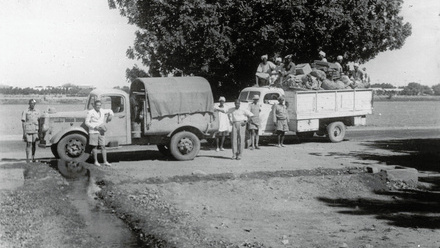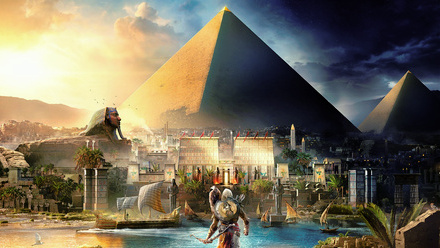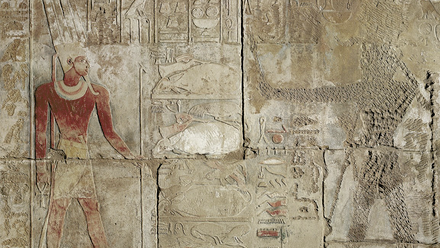The first SAEMT conference
The EES is proud to be part of the organising committee for the first Science of Ancient Egyptian Materials and Technologies International Conference – SAEMT – that is taking place in Cairo from 4th-6th November 2017. A diverse program will see colleagues covering prehistoric and historic evidence from a multitude of angles, including aspects relating to food technology, to pigment identification, flint mining to metallurgy, and building materials. Delegates from around the world will join colleagues from Egypt for this exciting meeting being held at the Manial Palace and the EES is well represented! Talks include those by EES Field Directors Angus Graham on the ‘Palaeo-environmental history of the Nile and floodplain of ancient Thebes’, and Jo Rowland on ‘New perspectives on the Neolithic in Egypt’, as well as EES Trustee Margaret Maitland and colleagues on ‘The work of gold at el-Riqqa in the 12th and 18th Dynasties’, and a poster on ‘A re-discovered early Roman-era shroud from the Rhind Tomb at Thebes’.
Angus will present his research on a possible extended phase of drought in the New Kingdom, that has been identified during the Theben Harbours and Waterscapes Survey. In particular the issue of how to assess the chronology of such phases is under discussion, and the talk examines the range of scientific techniques that can be applied to date geological sediment samples and aid reconstruction of the natural history of the Egyptian Nile Valley and Delta.
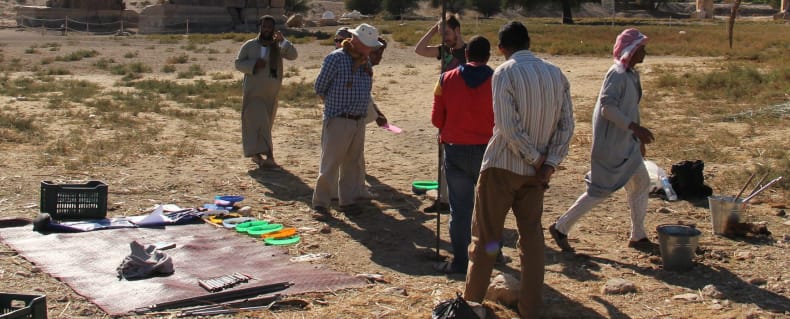
Angus and the THaWS team augering around the Colossi of Memnon
Margaret and her colleague from National Museums Scotland, scientist Lore Troalen, in collaboration with others, will discuss the analysis of Middle Kingdom and New Kingdom gold jewellery excavated at Riqqa, examining changes in goldworking techniques and alloys. They will also present a poster on the re-discovery, dye and pigment analysis, and conservation of a painted linen mummy shroud from an intact Theban Roman-era family burial dated to c. 9 BC, excavated by A.H. Rhind in 1857.
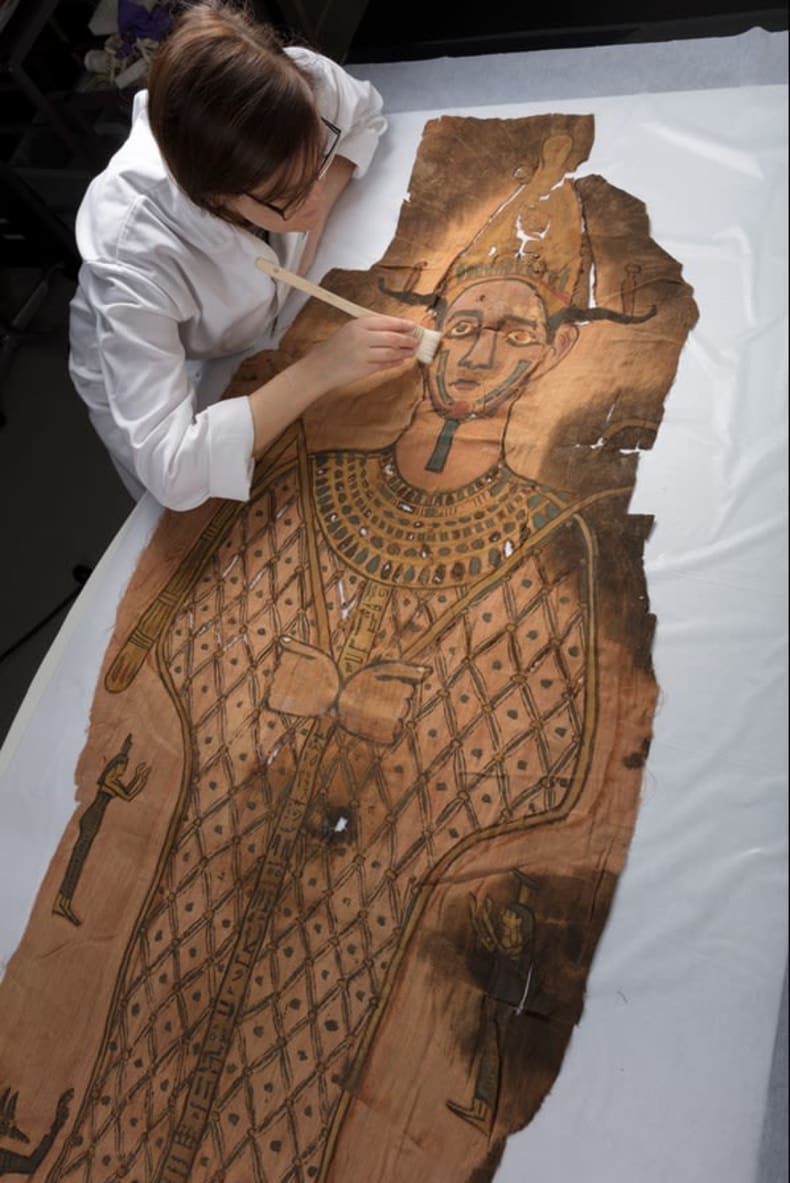
Recently rediscovered shroud from the Rhind tomb at Sheikh Abd el-Qurna (V.2013.45). Copyright National Museums Scotland.
Jo will be looking at the potential for revisiting key issues relating to the emergence of the Neolithic in Egypt from the perspective of Merimde Beni Salama. The possibilities of furthering research aims through complementary scientific analyses on fresh archaeological finds in Egypt, as well as that on archival material held in museum collections and institutions, will be the focus of the talk, including the results of new AMS measurements for dating the site, as well as organic residue on pottery sherds, and the potential for other methods, including stable isotope analyses.
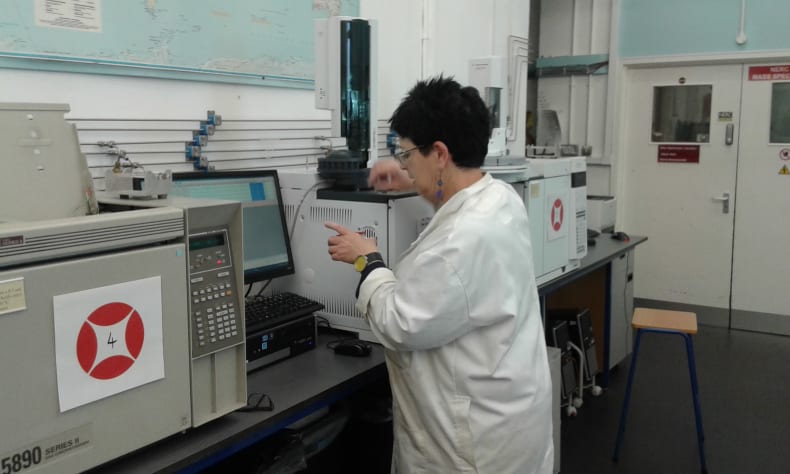
Julie Dunne at the University of Bristol during the analysis to find out the types of contents of ceramic vessels from Merimde.
We’re delighted to be a partner in this event and look forward to further collaboration with our colleagues in Egypt in the future!

